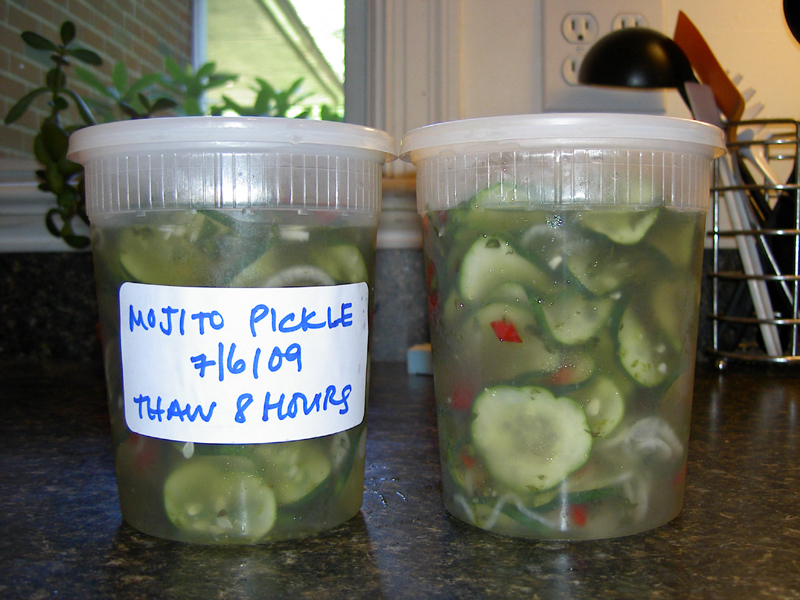When I talk with neighbors about our yard, they are uniformly positive about the way it looks. Which I can understand: we eradicated the pokeweed orchard in the back corner; we cut the vines back out of the trees; we’ve pruned deadwood and limbed up the border hollies; and we’ve managed to create relatively weed-free areas around the shrubs and various flowering plants. When I look at the yard, though, all I see are the weeds popping up in the beds we’ve somewhat cleared, the vines creeping back over the fence and up the trunks of trees, the mulberries growing (literally) out of the foundation of the garage, and the poison ivy popping up here and there in back corners. It’s enough to make a girl forget all her principles and just wholesale blanket coat the area with poison, deep-seated hatred of Monsanto be damned.
That’s where I was last week, ready to spray Roundup ™ on everything that was growing anywhere I didn’t want it. I thought, ‘Hey, next week will be hot and dry for the first seven day run all summer, perfect!’ So I started reading more about applying it. Which led me to studies that reminded why I hadn’t used it in the first place: negative impacts on amphibians, the possibility of residues lingering in the soils or harming various types of insects, and scary correlations with miscarriages in women exposed to the spray. Golly.
So, it’s back to the digging up, pulling out, and smothering plan. We’ll still spot-spray the poison ivy, and likely apply some kind of glyphosate to the stumps of the saplings we’re trying to kill. It appears that the universe approves of this change (back) of heart, because it’s delivered me a (literal) truckload of old newspapers that will be put to use in the smothering part of the plan. Just as soon as I read up on how to do that.
